Leaving Oregon through Nevada
If you read my LAST POST, you will recall that Ralph (our 4×4 pickup) turned up lame, running on five of six cylinders. Since a lot of our enjoyment during our travels comes from local explorations, we decided to cut the trip short and bring Ralph back for repairs. He went into the truck hospital last week, and I’m pleased to say he’ll be fine, and he’s coming home today.
[So why didn’t we just get Ralph fixed locally, instead of towing him 700 miles back home? Good question. There were several factors, but the first one was simply the timeframe. We were due to stay out for only 2-3 more weeks, and we would have had to spend at least half of that time waiting for repairs, and limited to exploring with Howie or on foot. We also would have been tied to the township where repairs would be done. Several of the areas of interest were along remote, rough dirt roads – – not a good environment for Howie. And lastly, there was a possibility that the repair would involve “serious” work, and possibly the replacement of the new engine (under warranty of course). We considered it prudent to have the troubleshooting and repairs done by the guy who installed the engine – – and in fact, it worked out pretty well.]
We decided to leave Mann Lake to the south, via a different route than our arrival. It would take us across another large, empty stretch of BLM land spanning Oregon and Nevada, by way of SR-140. After the high desert, we selected our route for sights and diversity instead of speed, as you can see by our track:
We took one last walk along the lake, gazing back at Howie and the empty camp. The weather was still acting up, with chill winds and occasional rains.
Our launch was early that morning (for us, 9AM) to get a jump on our long day. We didn’t know it when we left, but we would end up driving more than 400 miles, some of it quite slow, all the way to Red Bluff. We initially figured we might stop in Pit River again, but mentally left it open.
The unsettled weather we woke up to in Oregon stayed with us into Nevada, and rain spattered our windshield along SR-140.
This region is challenging to describe and, with the day’s gray skies, equally difficult to photograph. Aside from the narrow ribbon of highway 140, there is almost nothing to be seen for about a hundred miles. We passed five cars in that distance in the span of two hours. Most of it is BLM land, some fenced for cattle control and some just wide-open land. We saw by the maps that it was sprinkled with old dirt roads, and we ached for Ralph and some time to go exploring. Next time, next time, we kept saying.
The land is best described as rolling high plateau. Unlike the valleys and ridge lines of our familiar Nevada, this high desert terrain is a randomly wrinkled piece of the earth’s crust. Plains, lava flows, shallow valleys, rolling hills and short bluffs – – the landscape rolled by with endless variety. With all the recent rain, it was also uncharacteristically green, showing off the real life that normally hides beneath the desert’s drab grays and tans.
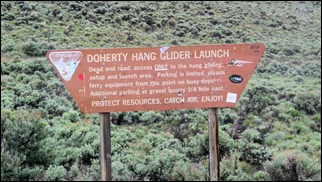 Dragging Ralph’s unusable versatility behind us, we vowed repeatedly to come back and really get to know the area. We passed by countless dirt roads winding temptingly out into the back country; we skipped a ten-mile side trip to an opal mine; we passed by the empty parking area for a hang glider launch site.
Dragging Ralph’s unusable versatility behind us, we vowed repeatedly to come back and really get to know the area. We passed by countless dirt roads winding temptingly out into the back country; we skipped a ten-mile side trip to an opal mine; we passed by the empty parking area for a hang glider launch site.
Eventually, we descended from the high plateau and came down into the first sign of civilization in well over 100 miles in the Adel valley, about 50 miles east of Lakeview (Oregon). It’s a nice transition from the harshness of the desert, and it provided a pleasant segue into the more mountainous (and green) areas to come.
The farm fields of Adel ushered us into the last range of hills before Lakeview, where we turned toward Alturas.
By the time we reached Alturas, it was still only mid-afternoon, so we pulled over and got some gas and used the Internet to scope out possible overnight stays on the way home. We didn’t want to have to drive too far off the highway, but we just hated the idea of an RV park after all the serene lonely camping we’d done so far.
Then, Sycamore Grove Campground (Red Bluff) popped up on a Google Maps page. Some kind of municipal facility, which often have more open camping than the profit-conscious RV parks. We plugged it into the GPS and looked at the route. Nah, too much high-speed highway. Let’s drag that little white dot over here and see what this road is like. Hmmmm. What about that road? Hmmmm.
The end result of all this creativity was a meandering, slow, lovely afternoon wandering the northern Lassen range. Bad weather and tall trees didn’t present much photo opportunity, but we did manage to get a glimpse of the snowy peaks a few times.
One segment we traveled (above pic) was called Black Butte Road (or something like that). Really steep, twisty, hairpin turns and all that. We were thankful for very light traffic, and I managed to maneuver Howie and Ralph down the middle of the road and away from the steep edges and the gnarly trees. Other roads had equally charming labels: Lassen Peak Scenic Byway, Volcanic Legacy Scenic Byway.
Eventually, we navigated down SR-36 and around the outside fringe of Red Bluff, arriving at the Sycamore Grove campground in early evening. We knew we were going to see something different when we drove along the access road. Wow, what a pleasant surprise. The clatter and clutter of the township and I-5 were quickly left behind, and we drove into oak-studded grasslands.
Sycamore is a very nice sort of municipal “nature reserve” just a couple of miles out of town and the same distance away from I-5. There’s a campground with roomy sites and only $16 for hookups, zounds! But there’s also a designated “Overnight Parking (no camping)” paved area down near the Sacramento River. Since there was almost nobody there and we needed no hookups, we “parked” off at the edge and took a nice long evening walk along the River.
The “campground” is actually a large area with boat launch, hiking trails, and of course the campground. It also has a beautiful botanical garden area, with placarded plants of many kinds.
The river’s edge has views both beatific and harsh. This water is precious stuff, and the farms and fisheries battle for supremacy over the decades. The evening’s glow shines past a nearby roadway onto one part of the river, while a ’60’s-style coffer dam lurks to the south.
There’s lots to know and learn – – here are a couple of the info signs, if you care to read, just click them for larger images.
From the cool rains of Oregon’s high plateau, we had descended 400 miles and 5,000 feet into the 85F warm sunny evening of the California Sacramento River valley. Quite a change, and a very nice way to spend our last night out (for a while).
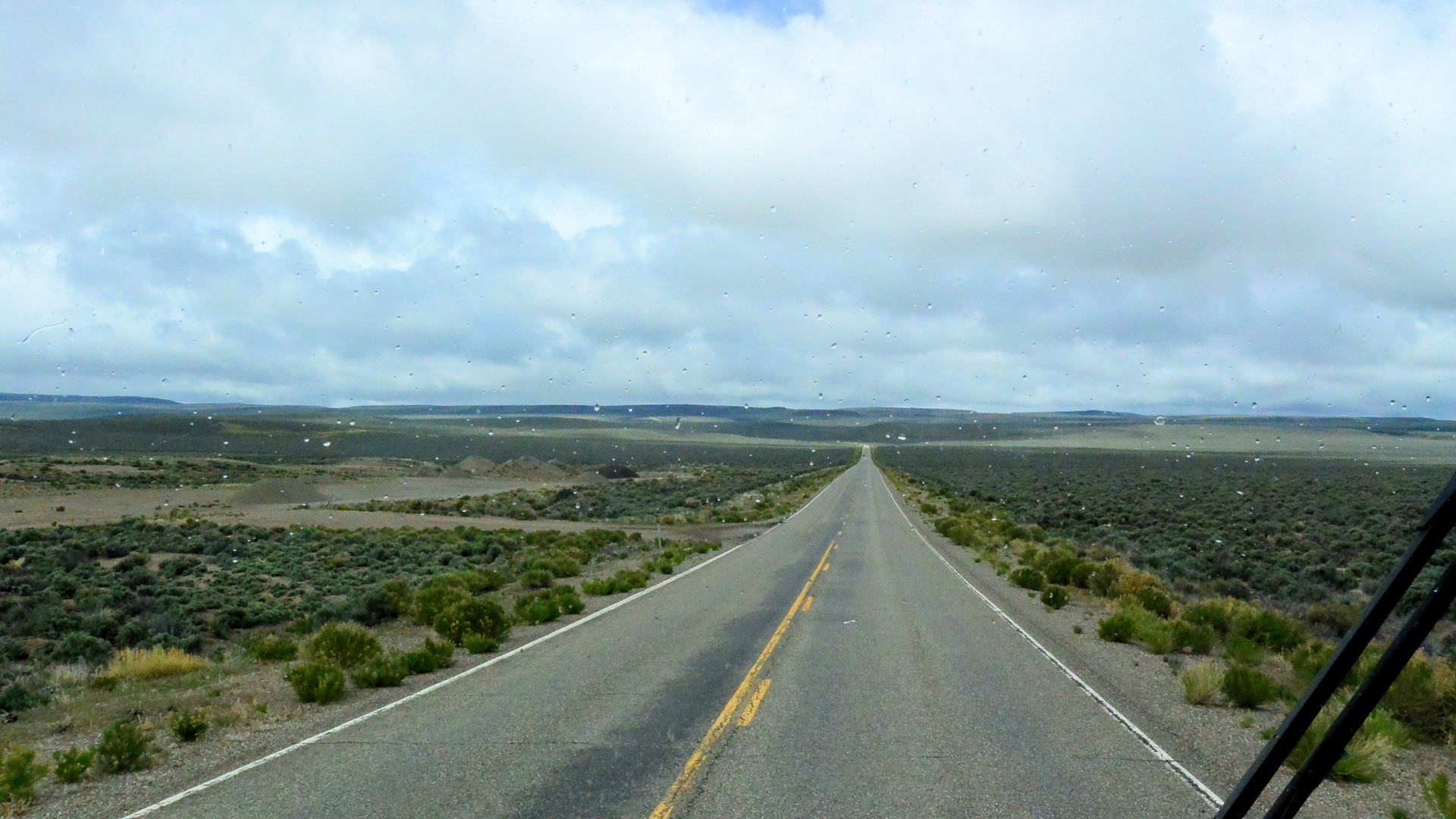
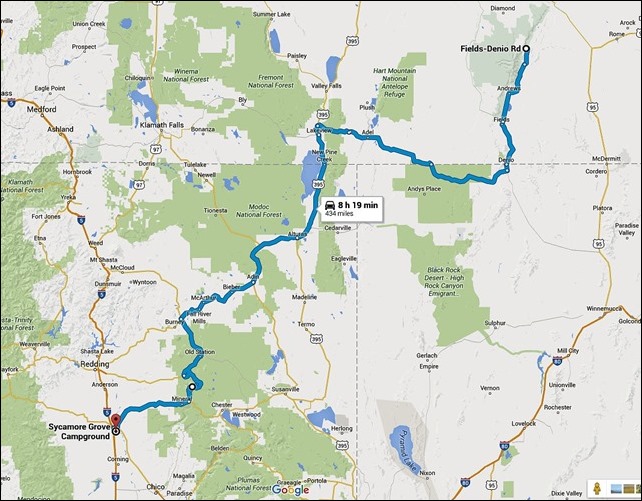
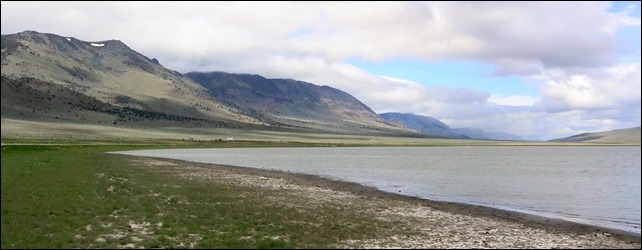
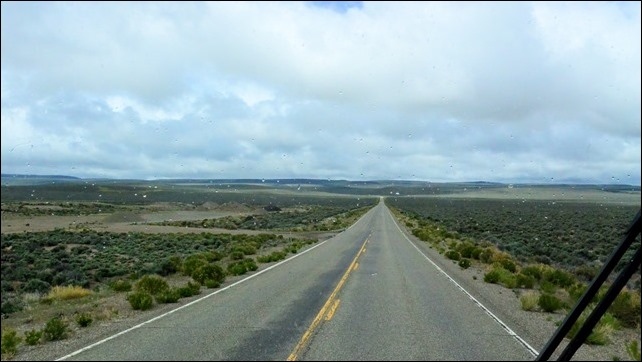
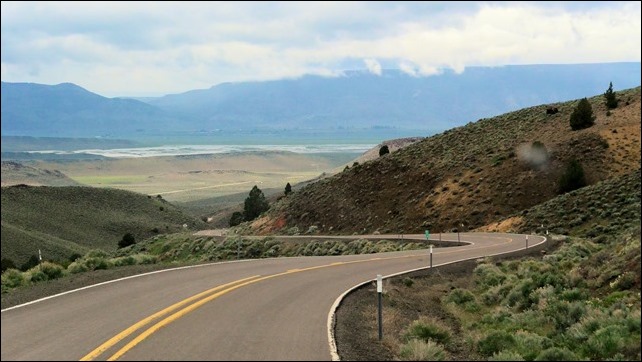
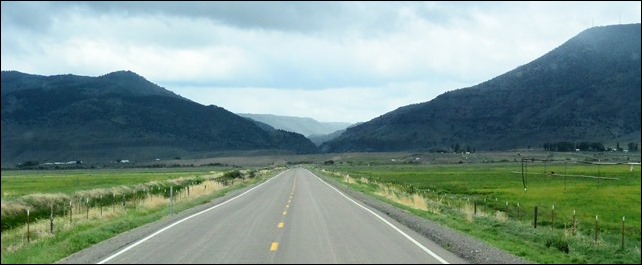
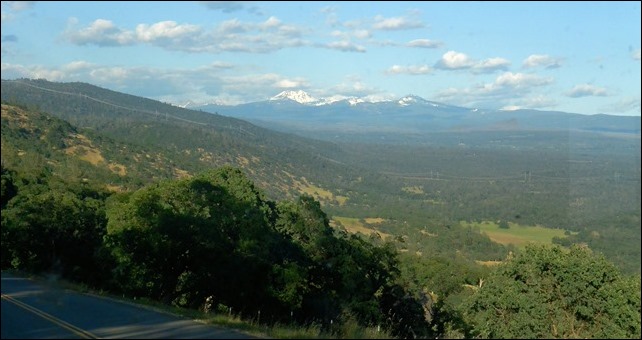
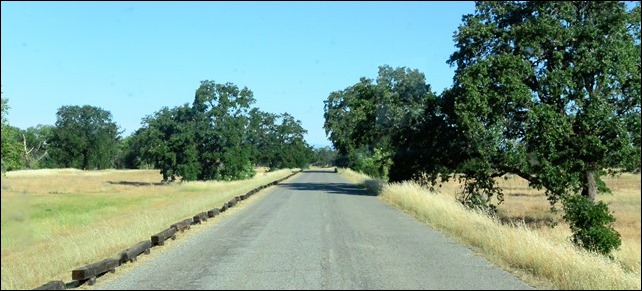
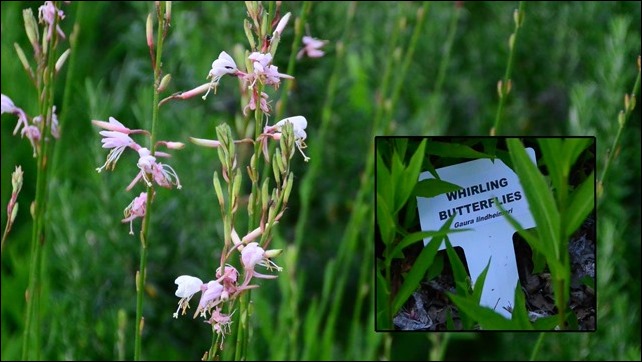
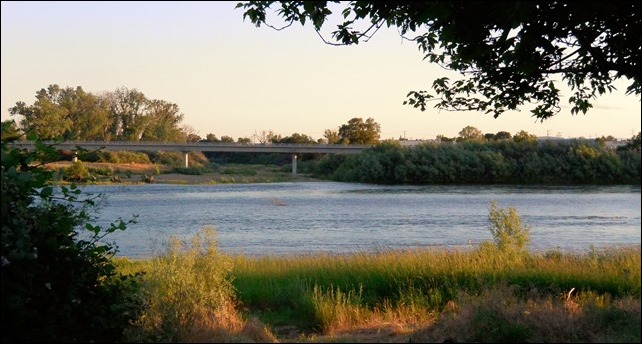
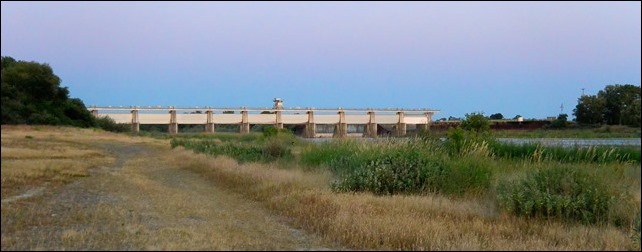
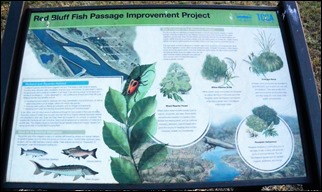
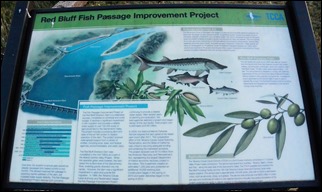
I don’t usually comment, just look and think WOW !!! ….Greg, you both have such a great love for the outdoors and traveling with your RV, I LOVE reading your adventures, which I find very interesting and the photo’s, just AWESOME !! Thank you for having this blog and giving me peace while I am still 18 months from moving into my first RV and hitting the road. I wish I could print up all your posts and use them to just follow what I already know would be a wonderful adventure. Please continue to enjoy what you do so wonderfully. Safe and blessed travels to you both. Colleen
Colleen, thanks for the high praise – – that makes me feel really good about sharing our wanderings, which of course I love to do.
Just FYI, there’s a free PC software product called Primo PDF Converter, which installs on your computer like a printer. You can easily print ANYTHING to it, and it will create a multi-page pdf document, which is of course then usable off-line, can be emailed to a friend, or just archived, whatever. I’ve been using Primo PDF for many years, and it’s a great tool for making pdf’s from any source.
Whatever your motivation is or your algorithm for choosing a destination, please don’t stop blogging. I have really enjoyed reading your write-ups about your trips. It is almost as enjoyable as when you were here at LTXC and occasionally chatted: about non-work stuff of course.
Do you have any real idea what you’re up to?
Myron, I’m not sure I understand your question, but it sounds vaguely accusative. Are you referring to my travels or my writing? – – so I’ll answer you vaguely defensively.
:o)
I’m retired, and aside from some medical issues that need regular attention, I don’t HAVE TO know what I’m up to. I can go when I please, where I please, and find out what’s there when I get there. Of course, I do a LOT of research beforehand, using paper and Internet maps and satellite imagery. We routinely avoid cities and populated areas and really hot weather.
Then, while I’m out there with things fresh in my mind, I go over my recent photos and write up my experiences. My purpose in this is dual – – I like having the blog as a personal journal and a memory-jogger as well. And I also enjoy sharing the experiences and things learned with my friends, family, and acquaintances.
Assuming you weren’t being rhetorical, I hope that answers your question.
G.